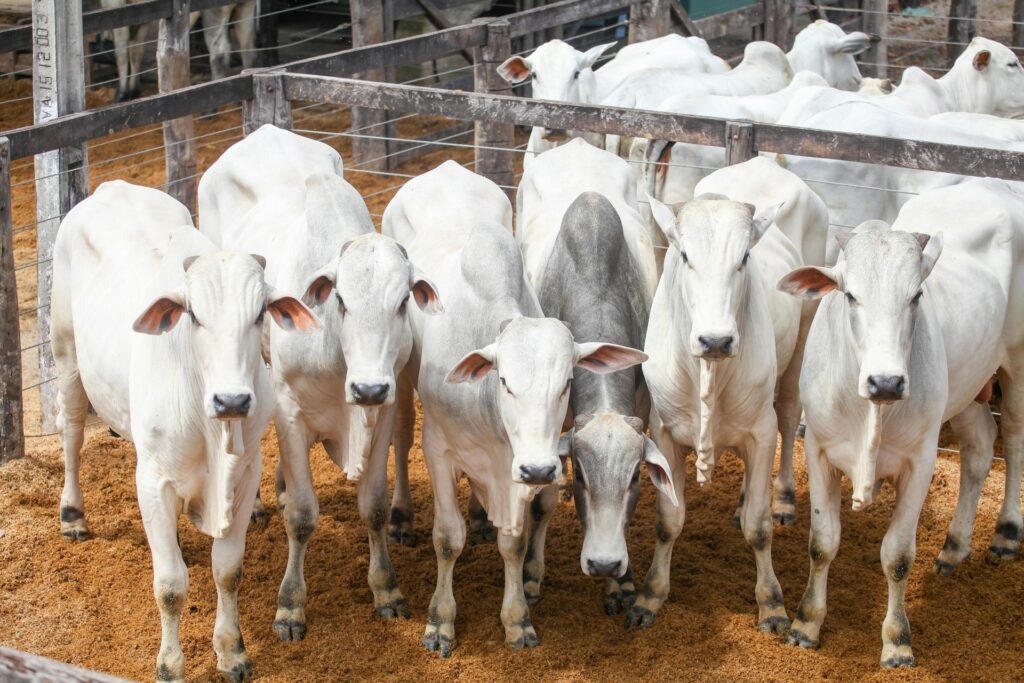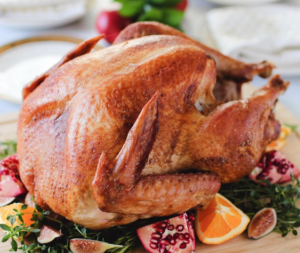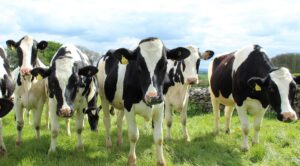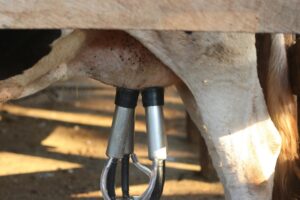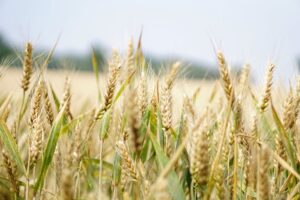As the agriculture sector grapples with mounting challenges, the surge in losses across poultry, livestock, and cattle raises urgent alarms about the stability of infrastructure and the welfare of animals. Behind the statistics lie tales of crumbling infrastructure and inadequate welfare conditions, highlighting systemic issues that demand immediate attention.
The poultry industry faces an unprecedented crisis as avian flu outbreaks sweep through flocks worldwide. Recent data from the Food and Agriculture Organization (FAO) reveals a harrowing reality, with poultry losses soaring by 30% compared to historical averages. Beyond the numbers, the toll on animal welfare is profound, with reports of overcrowded and unsanitary conditions exacerbating the spread of ‘dis-ease.’ Entire flocks are being culled.
Similarly, the livestock sector struggles with the fallout from infrastructure instability and poor welfare conditions. African Swine Fever (ASF) continues to devastate swine populations, while cattle losses reach levels not seen in over a decade, surging by 25% according to the National Agricultural Statistics Service (NASS). Inadequate infrastructure, including outdated facilities and transportation networks, exacerbates the challenges faced by farmers and ranchers, further compromising the welfare of animals and the viability of agricultural operations.
As the agriculture sector navigates the complexities of a rapidly evolving landscape, the need for sustainable solutions and proactive measures has never been greater. By fostering collaboration and innovation, stakeholders can work together to build a more resilient and humane agriculture sector that meets the needs of both present and future generations.
Regenerative agriculture offers a holistic approach to poultry and livestock production, emphasizing soil health, biodiversity, and animal welfare. By moving away from confinement systems and chemical inputs, regenerative practices promote resilience to disease outbreaks and environmental stressors. Additionally, these methods sequester carbon, mitigate climate change, and enhance ecosystem services. Through rotational grazing, cover cropping, and integrated pest management, regenerative farmers can improve soil fertility, reduce input costs, and produce healthier, more nutritious food. Ultimately, regenerative agriculture represents a paradigm shift towards a more sustainable, ethical, and resilient future for the poultry and livestock industries.
Sources:
- Food and Agriculture Organization (FAO) – www.fao.org
- National Agricultural Statistics Service (NASS) – www.nass.usda.gov
- Centers for Disease Control and Prevention (CDC) – www.cdc.gov
- World Organization for Animal Health (OIE) – www.oie.int
